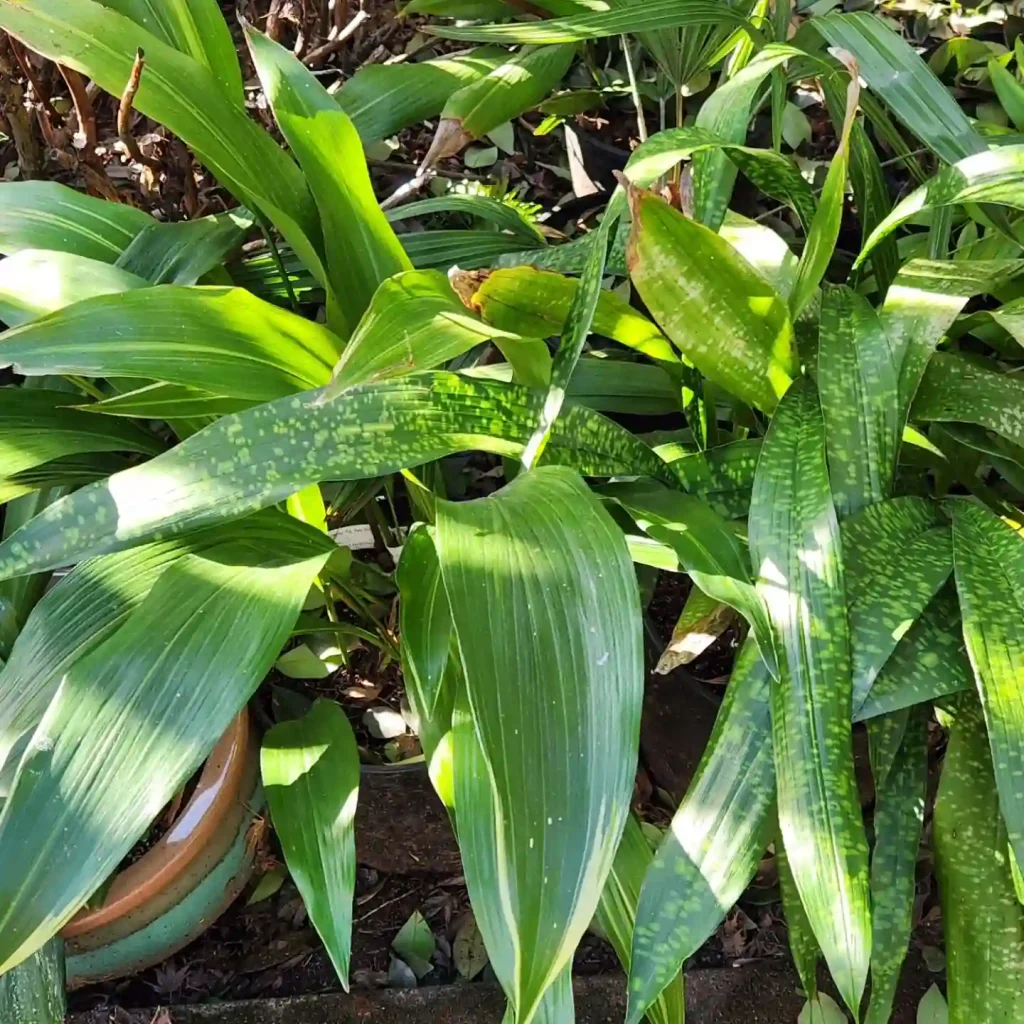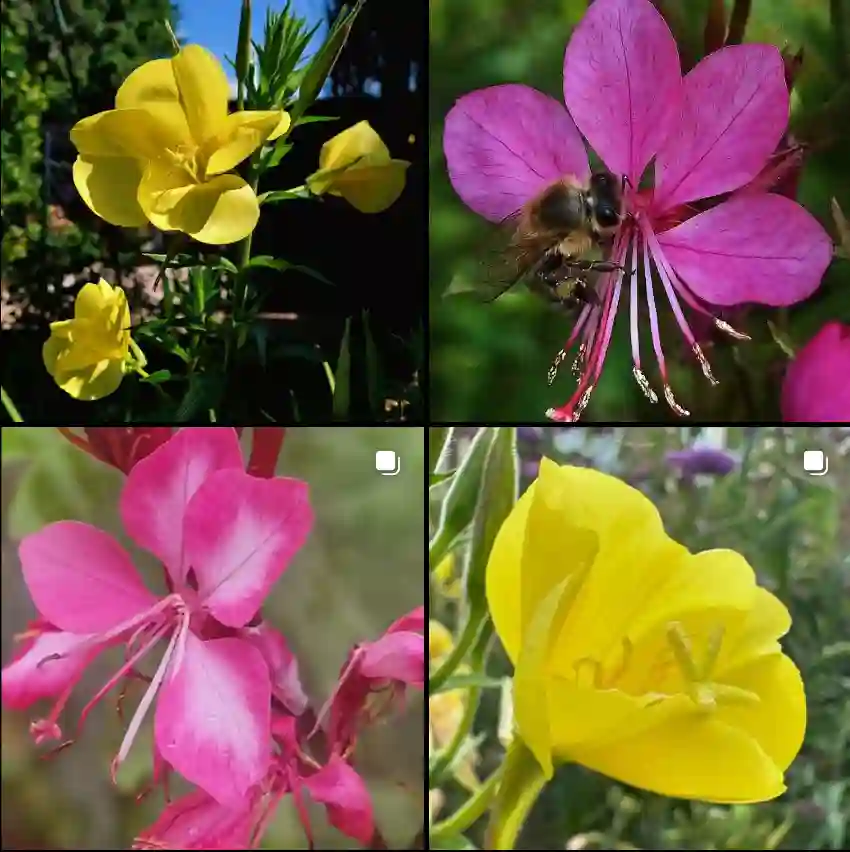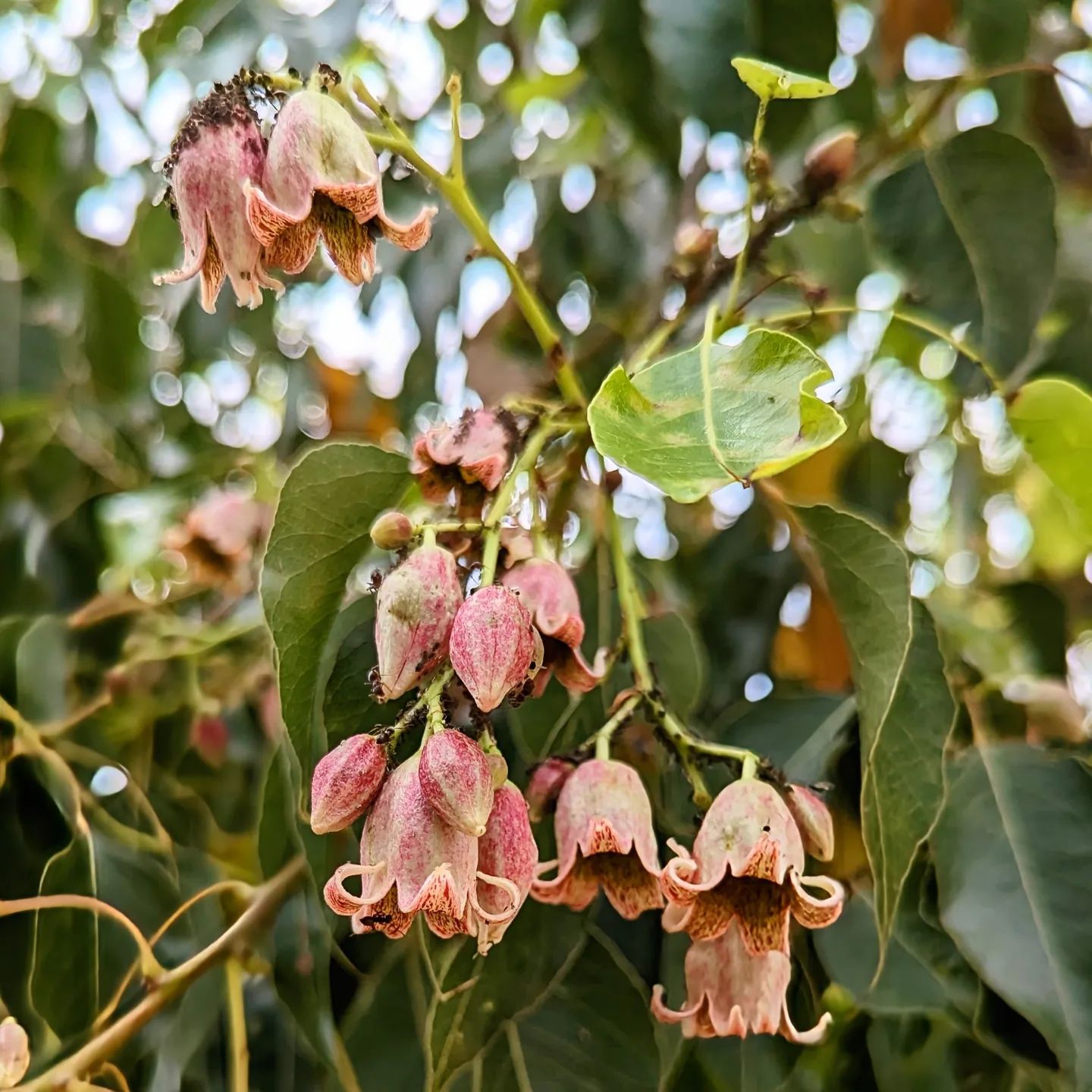
FAQs About Buxus Green Velvet
As a plant enthusiast, I’ve had my fair share of experiences with various boxwood varieties, and one that often comes up in conversation is Buxus Green Velvet. This compact, evergreen shrub is known for its rich, dark green foliage and dense growth habit. Over the years, I’ve encountered numerous questions about this plant, and I’m excited to share my insights. Here’s a comprehensive guide to some of the most frequently asked questions about Buxus Green Velvet.
101 Species in Genus Buxus
How to Plant Buxus Green Velvet?
Planting Buxus Green Velvet is relatively straightforward. Start by selecting a spot that gets partial to full sun. This boxwood thrives in well-drained soil, so make sure the area doesn’t stay waterlogged. Dig a hole that’s twice the width of the root ball and slightly shallower. Place the shrub in the hole, ensuring the top of the root ball is level with the ground. Backfill with soil, tamping it down gently to eliminate air pockets. Water thoroughly after planting to help settle the soil. Adding a layer of mulch around the base will help retain moisture and suppress weeds.
Are Buxus Green Velvet Dwarf Boxwood the Same as Woodburn Select?
Buxus Green Velvet and Woodburn Select are often confused, but they are not the same. While both are compact boxwoods, Buxus Green Velvet is a dwarf variety known for its dense, rounded shape and rich green color. Woodburn Select, on the other hand, is another dwarf boxwood but typically has a more upright growth habit and slightly different foliage texture. Both are excellent choices for low-maintenance landscapes, but their growth habits and appearance can differ.
When to Cut Back Buxus Green Velvet?
The best time to cut back Buxus Green Velvet is in late winter or early spring before new growth starts. Pruning at this time helps shape the plant and removes any dead or damaged wood. You can also perform light trimming throughout the growing season to maintain the desired shape and size. Avoid heavy pruning in late summer or fall, as this can stimulate new growth that may not have time to harden off before winter.
Buxus Green Velvet vs Green Gem
When comparing Buxus Green Velvet to Green Gem, there are a few notable differences. Buxus Green Velvet tends to have a more rounded and dense growth habit, with dark green, glossy leaves. Green Gem, however, is a bit more compact and has a slightly more upright growth pattern. Both are excellent for hedges and borders, but Buxus Green Velvet might be preferable if you’re looking for a denser, fuller appearance.
Buxus Green Velvet vs Green Mountain
Buxus Green Velvet and Green Mountain are both popular choices for boxwoods, but they cater to different needs. Green Velvet is renowned for its lush, dark green foliage and rounded form, making it a great choice for formal landscapes and low hedges. Green Mountain, in contrast, has a more pyramidal shape and is typically used for topiary or as a larger hedge. If you prefer a denser, more rounded appearance, Green Velvet is your best bet. If a more structured, upright shape fits your needs, consider Green Mountain.
How to Care for Buxus Green Velvet?
Caring for Buxus Green Velvet involves a few key practices. Ensure it receives adequate water, especially during dry spells, but avoid overwatering, which can lead to root rot. Fertilize once or twice a year with a balanced, slow-release fertilizer to promote healthy growth. Mulching around the base can help retain moisture and regulate soil temperature. Additionally, watch for pests like boxwood mites and scale, and treat infestations promptly to keep your shrub healthy.
How to Propagate Buxus Green Velvet?
Propagating Buxus Green Velvet is best done through softwood cuttings. Take cuttings in late spring or early summer, when the plant is actively growing. Use a sharp knife to cut 4-6 inch sections of new growth, ensuring each cutting has a few leaves. Remove the lower leaves and dip the cut end in rooting hormone. Plant the cuttings in a well-draining potting mix and keep them in a warm, humid environment. With patience, the cuttings should root within a few weeks.
What to Plant With Buxus Green Velvet?
Buxus Green Velvet pairs well with a variety of plants. For a classic look, consider planting it alongside evergreen shrubs like Holly or Yew. It also works well with flowering perennials such as Lavender or Coneflower for a mix of textures and colors. In formal settings, you might combine it with ornamental grasses or seasonal annuals to create a dynamic and changing landscape.
Can You Grow Buxus Green Velvet Indoors?
Growing Buxus Green Velvet indoors is possible, but it requires specific conditions. It needs plenty of light, ideally from a south-facing window, and consistent moisture. The indoor environment should have good humidity levels to mimic its natural outdoor conditions. While it’s not as common to grow boxwoods indoors, with the right care, Buxus Green Velvet can adapt to indoor life.
Is Buxus Green Velvet Toxic?
Buxus Green Velvet is not known to be toxic to humans or pets. However, as with any plant, it’s best to avoid ingestion of large quantities. Always keep an eye on pets and children to ensure they don’t chew on the leaves or stems.
Benefits of Buxus Green Velvet
One of the major benefits of Buxus Green Velvet is its versatility. It’s perfect for creating neat, formal hedges and is tolerant of various soil types and conditions. Its dense foliage provides excellent privacy and can be shaped into different forms, making it a popular choice for landscaping.
Common Problems with Buxus Green Velvet
Common problems with Buxus Green Velvet include pests like boxwood mites, which can cause yellowing and leaf drop. Boxwood blight is another issue to watch out for, characterized by leaf spots and defoliation. Proper spacing, good air circulation, and timely treatment with appropriate pesticides or fungicides can help manage these issues.
In conclusion, Buxus Green Velvet is a fantastic choice for a variety of landscaping needs. Its dense, rounded growth and vibrant green color make it a standout in any garden. By following proper planting, care, and maintenance practices, you can enjoy the beauty and versatility of this evergreen shrub for years to come.
If i die, water my plants!



